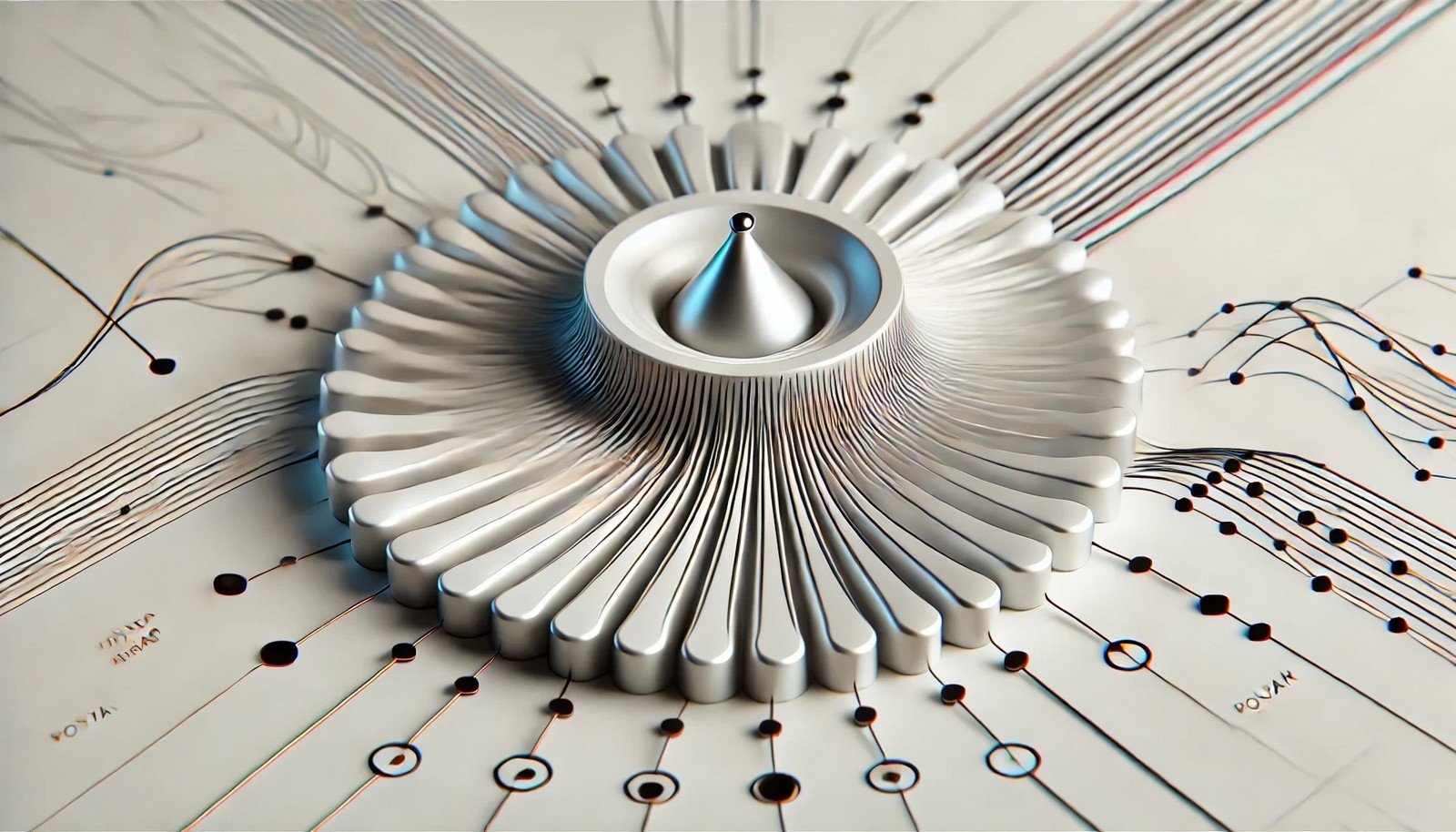Polyak Averaging

Quick Navigation:
- Polyak Averaging Definition
- Polyak Averaging Explained Easy
- Polyak Averaging Origin
- Polyak Averaging Etymology
- Polyak Averaging Usage Trends
- Polyak Averaging Usage
- Polyak Averaging Examples in Context
- Polyak Averaging FAQ
- Polyak Averaging Related Words
Polyak Averaging Definition
Polyak Averaging is an optimization technique used in machine learning, specifically for accelerating the convergence of iterative algorithms. This method involves averaging the weights of model parameters across multiple iterations, resulting in a more stable and often improved final model. By leveraging past information, Polyak Averaging seeks to smooth out fluctuations and potentially achieve a lower error rate, particularly useful in gradient descent and other iterative approaches.
Polyak Averaging Explained Easy
Imagine you’re learning how to solve a puzzle and you keep track of every step. But instead of relying on just the last move, you take an average of all your previous moves to make your next one better. This way, you end up with a much smoother solution faster. Polyak Averaging helps computers learn this way, improving accuracy by combining past tries.
Polyak Averaging Origin
The concept was introduced by Boris Polyak in the 1960s, a pioneering figure in optimization theory. His work laid foundational principles for machine learning, particularly for methods involving iterative refinement and convergence, shaping modern algorithm design.
Polyak Averaging Etymology
Named after mathematician Boris Polyak, who introduced this averaging method in the field of optimization.
Polyak Averaging Usage Trends
With the growth of deep learning and advanced optimization needs, Polyak Averaging has seen increased relevance. It is particularly popular in adaptive gradient methods and stochastic gradient descent, valued for its ability to stabilize convergence in neural network training and reduce error rates in large-scale learning tasks.
Polyak Averaging Usage
- Formal/Technical Tagging:
- Machine Learning
- Optimization Theory
- Gradient Descent - Typical Collocations:
- "Polyak Averaging technique"
- "accelerating convergence with Polyak Averaging"
- "Polyak Averaging in gradient descent"
- "smoothing iterative results with Polyak Averaging"
Polyak Averaging Examples in Context
- Polyak Averaging is frequently used in neural network training to reduce fluctuations in model parameters.
- In high-dimensional data scenarios, Polyak Averaging helps stabilize training by averaging gradients over iterations.
- Optimization algorithms often implement Polyak Averaging to achieve faster convergence in complex models.
Polyak Averaging FAQ
- What is Polyak Averaging?
Polyak Averaging is an optimization technique that averages weights across iterations to stabilize model training. - Why use Polyak Averaging in machine learning?
It improves model stability and reduces the likelihood of overfitting by smoothing out weight adjustments. - How does Polyak Averaging benefit gradient descent?
It helps in achieving faster and more stable convergence, especially in noisy or high-dimensional environments. - Can Polyak Averaging be used in neural networks?
Yes, it is commonly used to improve training stability and reduce the risk of overfitting in neural networks. - What’s the difference between Polyak Averaging and momentum?
While both aim to stabilize learning, Polyak Averaging involves averaging final weights, while momentum adjusts the update direction. - Does Polyak Averaging increase computational costs?
Typically, it adds minimal overhead, as it involves simple averaging operations over stored weights. - How does Polyak Averaging help in large datasets?
It provides stability in high-variance data environments by reducing weight oscillations. - Who introduced Polyak Averaging?
Boris Polyak introduced it as part of his work in optimization theory. - Is Polyak Averaging suitable for real-time applications?
Yes, with proper implementation, it can enhance real-time performance by stabilizing updates. - What role does Polyak Averaging play in adaptive gradient methods?
It enhances convergence speed and accuracy in adaptive gradient methods, such as ADAGRAD and RMSProp.
Polyak Averaging Related Words
- Categories/Topics:
- Machine Learning
- Optimization
- Convergence Techniques
Did you know?
Polyak Averaging has become essential in deep learning frameworks for fine-tuning complex models and is used in AI applications such as image recognition, predictive modeling, and speech processing.
PicDictionary.com is an online dictionary in pictures. If you have questions or suggestions, please reach out to us on WhatsApp or Twitter.Authors | Arjun Vishnu | @ArjunAndVishnu

I am Vishnu. I like AI, Linux, Single Board Computers, and Cloud Computing. I create the web & video content, and I also write for popular websites.
My younger brother, Arjun handles image & video editing. Together, we run a YouTube Channel that's focused on reviewing gadgets and explaining technology.



Comments powered by CComment